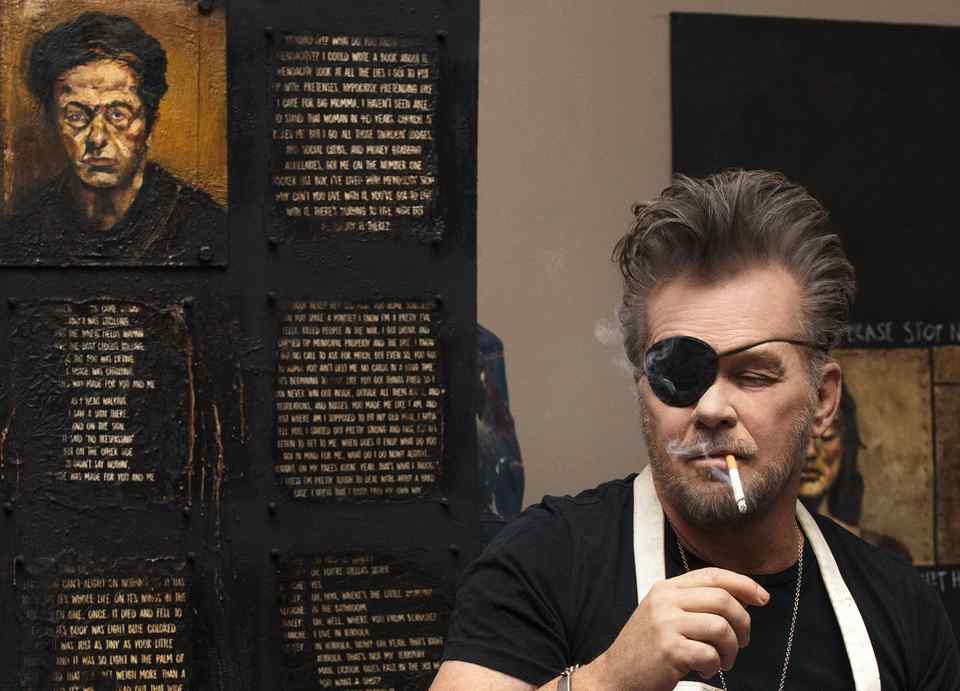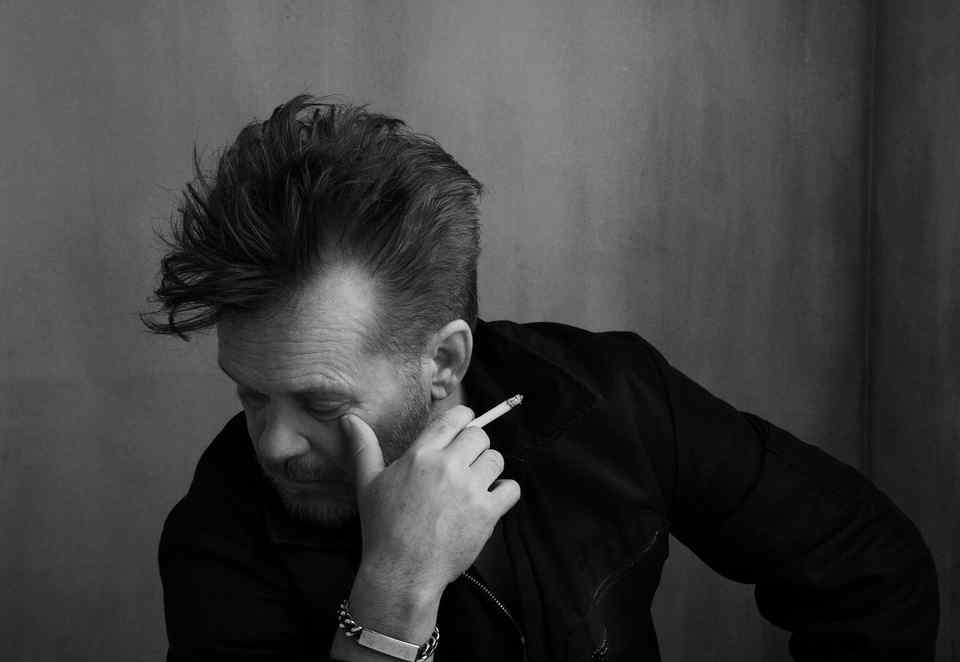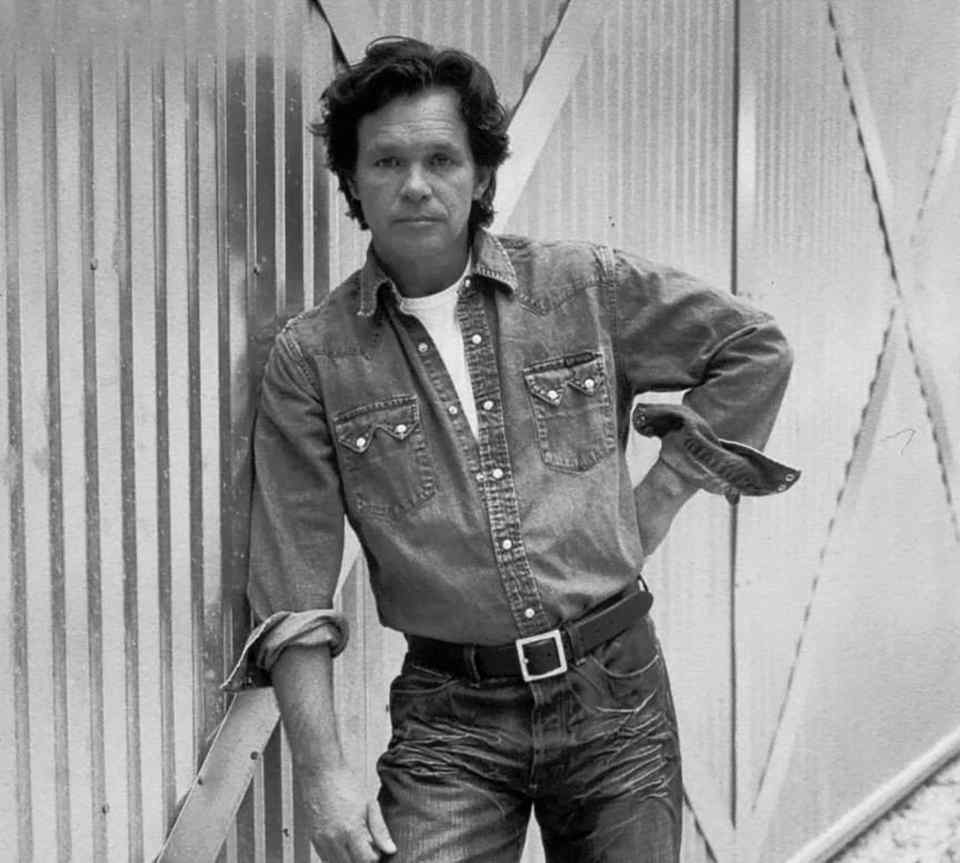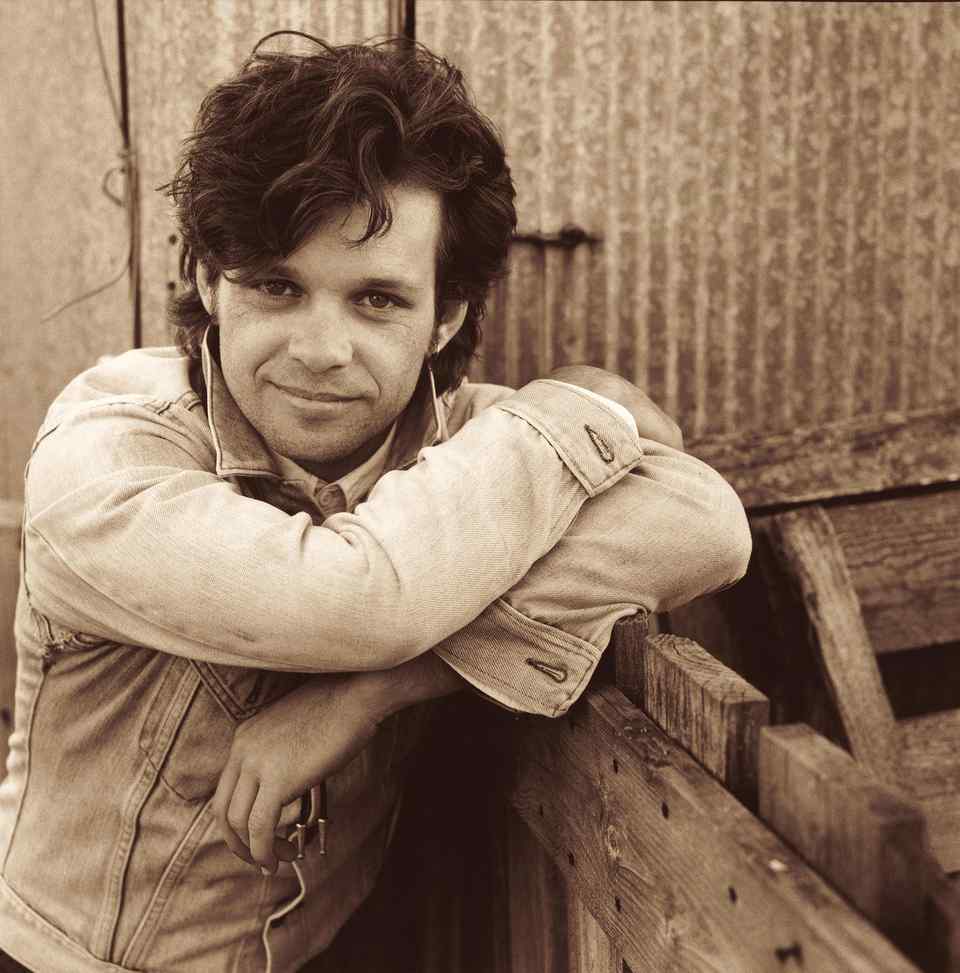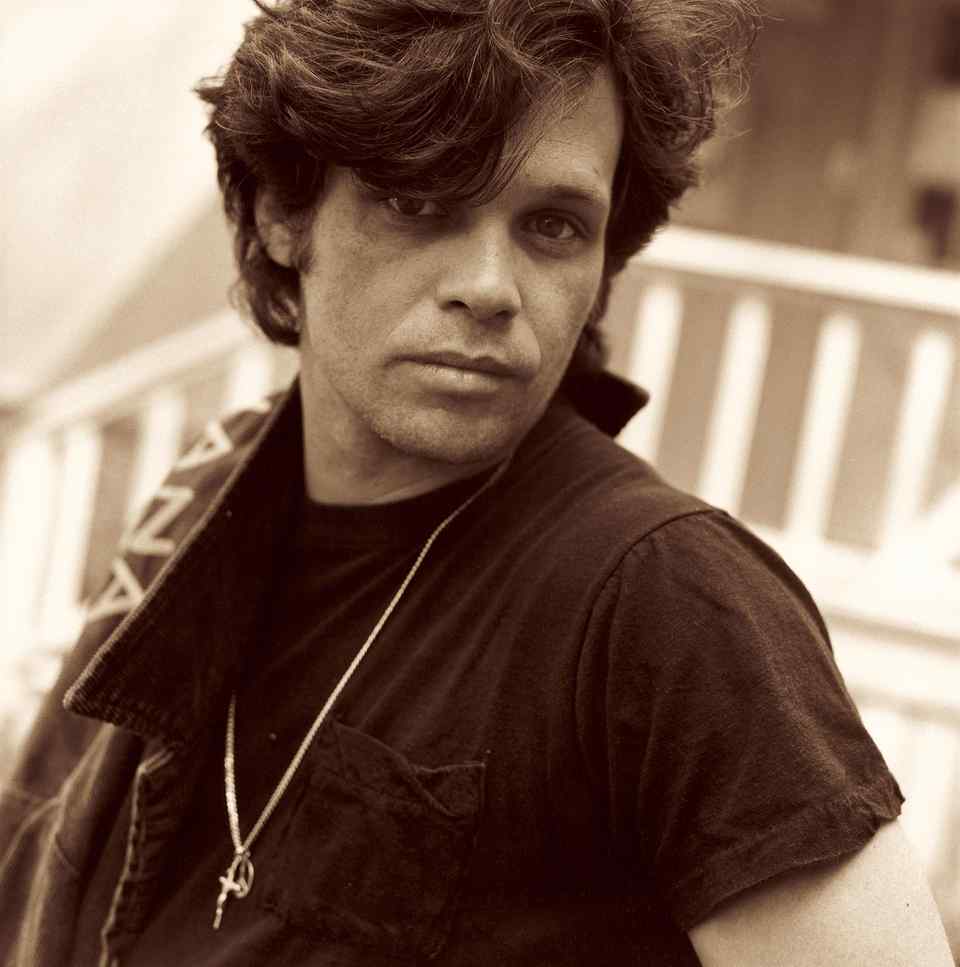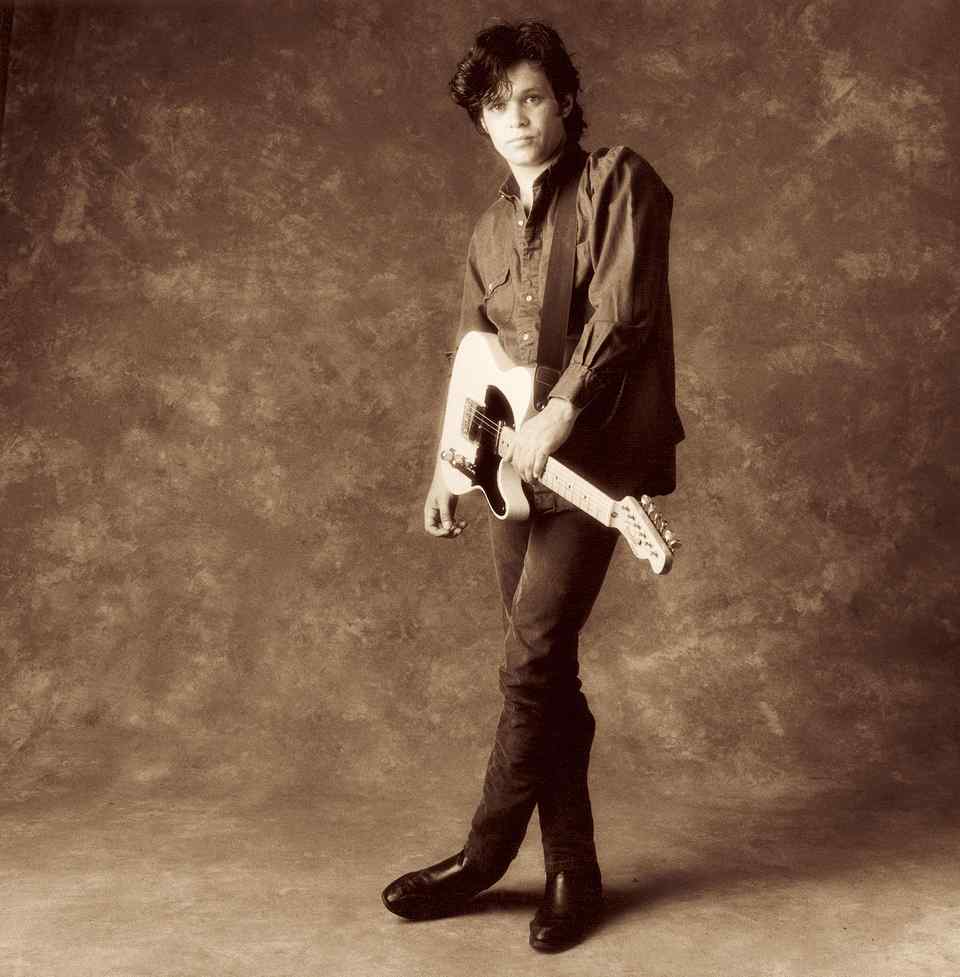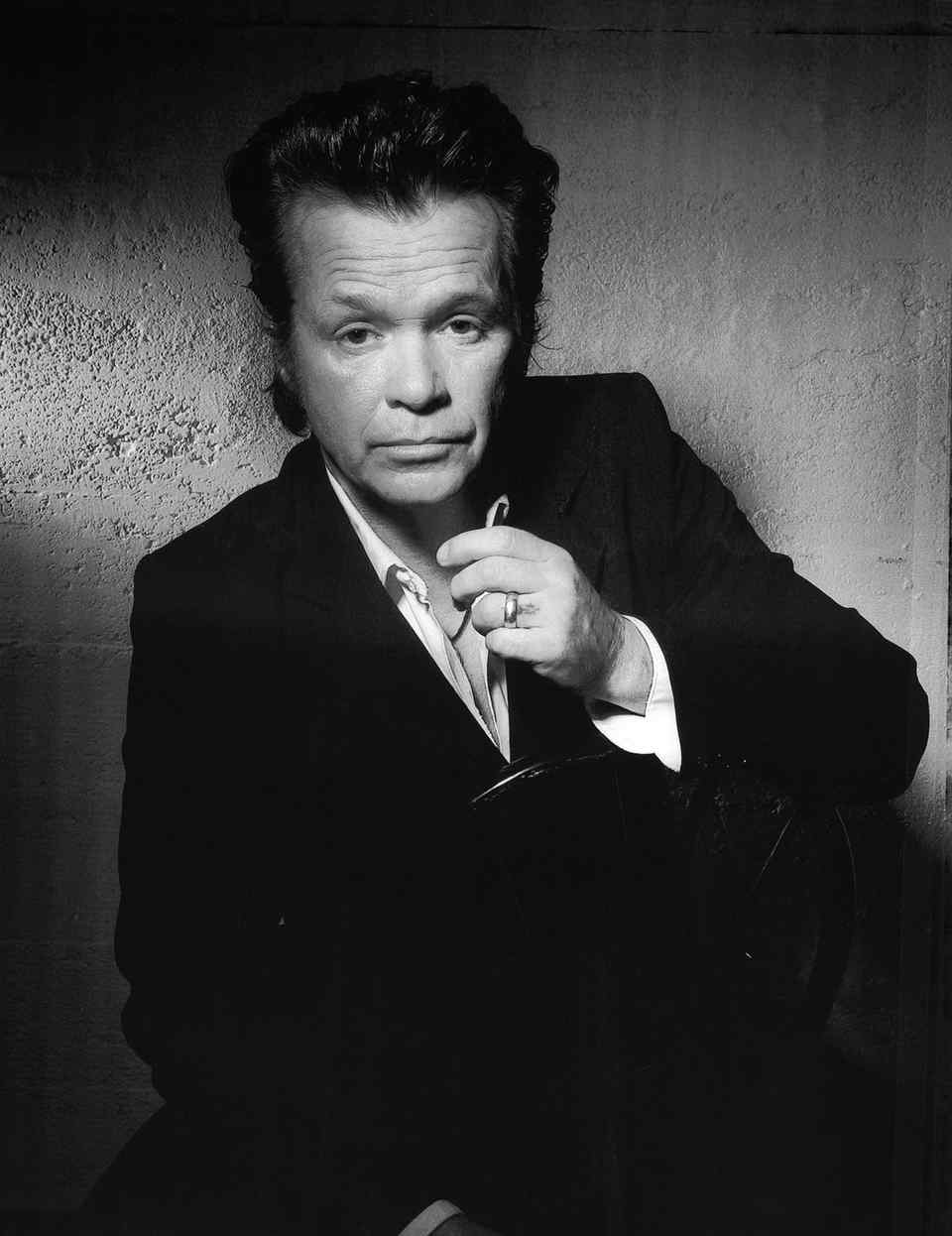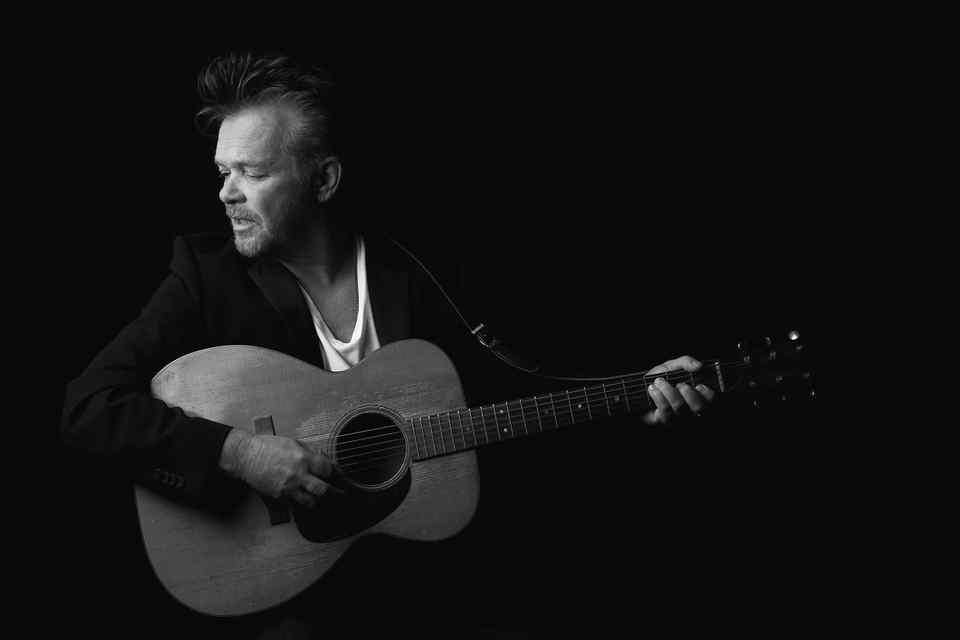The Guardian: John Mellencamp On His Paintings: 'They're Like My Songs – Grotesquely Beautiful'
In 2008, the Republican presidential nominee, John McCain, was blasting John Mellencamp songs at his rallies, until the musician asked him to stop.
Mellencamp is a Democrat. “We said, ‘You understand what side of the political landscape Mellencamp is part of, please know his music is for everybody,’” said Mellencamp over the phone from his Indiana home. “But we said, ‘You might want to relisten to these songs.’”
McCain stopped playing the songs at his rallies, many of which were taken
from Mellencamp’s 2008 album Life, Death, Love and Freedom. Now, the album
returns to the spotlight for its 10th anniversary at the musician’s forthcoming
solo exhibition at ACA Galleries in New York, which opens on 26 April.
Life, Death, Love and Freedom features more than 25 new political paintings that
reflect on the past to see the present situation. “I thought the album
approached a lot of different emotions and feelings in the human condition,”
said Mellencamp, “and that these paintings did, too.”
The 66-year-old artist and musician may be known for his hit singles like Hurt
So Good from the Footloose soundtrack in 1982, his former days as “John Cougar”
or for co-founding the Farm Aid benefit concert series with Willie Nelson. But
all along, Mellencamp has fuelled his activism into his paintings.
Just as his songs from 2008 dealt with injustices (like the song Our Country,
where he calls on the government to “help the poor and common man”), the
paintings do here, too. “Some of the songs are more attuned to today’s world
than when I wrote it,” he said. “But you have to keep going.”
As a young artist, Mellencamp first arrived in New York in the 1970s to
attend the Art Students League, but got a record deal and went on to make his
first album, Chestnut Street Incident, in 1976. His art was left on the
sidelines.
After touring with his band for over a decade, Mellencamp wanted to take a break
from playing live and returned to painting in 1988. “By then, I started to
withdraw from the touring lifestyle as much as I could,” he said. “I took myself
out of that game of being a hit-maker and started to let my creativity go
wherever it went.”
He returned to the Art Students League and studied with a painter named David
Leffel, who taught him the tricks of Old Masters, then studied at the Herron
School of Art and Design in Indianapolis with a teacher named Jan Royce. That
was when Mellencamp began finding his own voice with the paintbrush. “There are
certain rules to paint a face and give it depth and learn about the magic of oil
paint. I didn’t know any of that stuff,” said Mellencamp. “After I learned the
lessons of portrait painting, I took it someplace else.”
Mellencamp is influenced by German expressionists such as Otto Dix and Max
Beckmann, as well as American figurative painters like Walt Kuhn, Marvin Cherney
and Jack Levine. He never thought about showing his art until his friend Bob
Dylan saw the hundreds of paintings piling up in his Indiana studio. Dylan
suggested that he sell the paintings in an exhibition. After having countless
exhibitions in museums and galleries across the country, Mellencamp is known for
his portraits of unknown characters and people in his life, like his ex-wife
Elaine Irwin, his children and current partner Meg Ryan (one of which is in the
Rock & Roll Hall of Fame in Cleveland).
“There’s nothing closer to heaven than painting,” said Mellencamp. “That’s as
close as you get, you’re totally released to your imagination and you can’t edit
your imagination. It took me a long time to come to that conclusion. I think my
songs and paintings reflect that.”
Some of the new paintings include Courage, which has a series of dreamy
figures wearing top hats and vintage clothing. They’re accompanied by a quote he
wrote, which reads: “Courage is when you know you’re licked before you even
start and see it through to the end.” It’s like a little reminder to Mellencamp
– and perhaps anyone who sees the artwork – to always keep pushing.
“I don’t really paint for any other reason other than myself,” he said. “I paint
pretty rough paintings, I try to keep them raw and primitive. They’re like my
songs: grotesquely beautiful.”
His melancholic characters do have a spooky feel, and if any artworks were a
personification of the blues, this could be it. But does Mellencamp agree? He
pauses.
“Well, it takes a troubled heart to raise a troubled man,” he said with a bit of
a twang in his voice.
When he isn’t giving a rare interview, Mellencamp claims to live on his own
schedule, and poetically so. “That’s what living is,” he said. “You scratch your
head, you whistle, you kick a can, do a painting, write a song, watch the news,
you go to sleep and nobody is in charge of your time except you.” “I have been
very fortunate that I’ve been my own boss since I was in my early 20s,” said
Mellencamp, “so I’m really lucky.”

